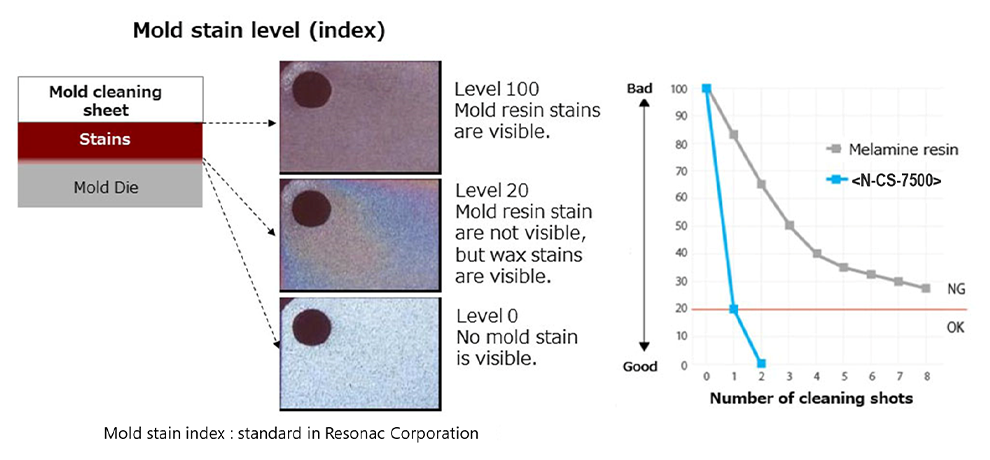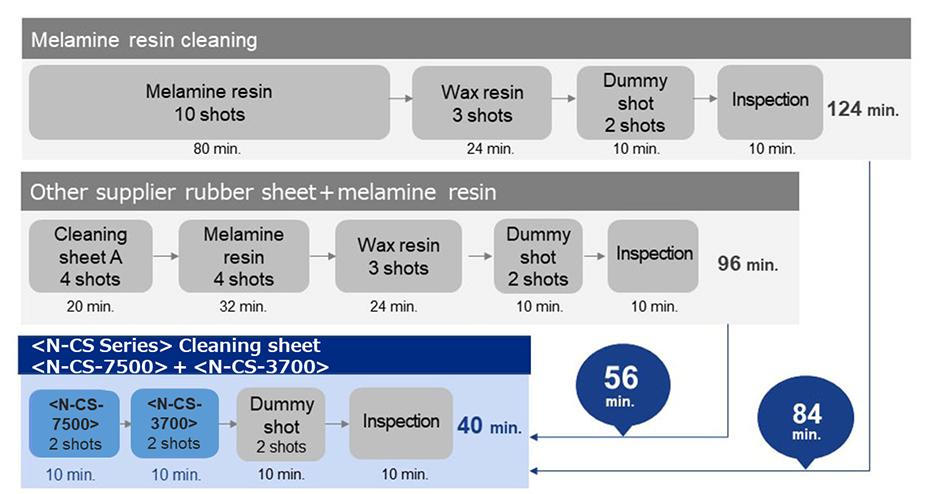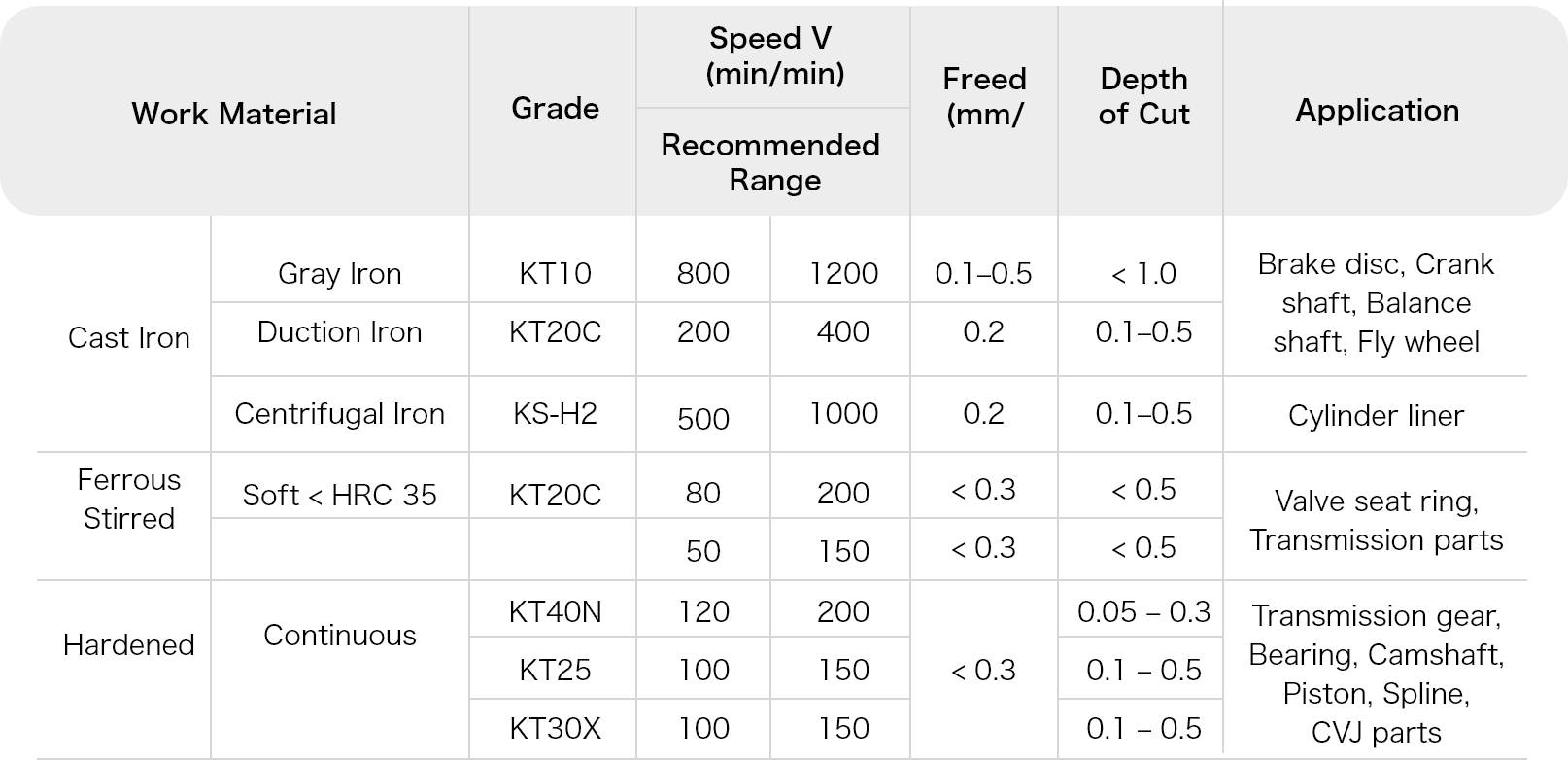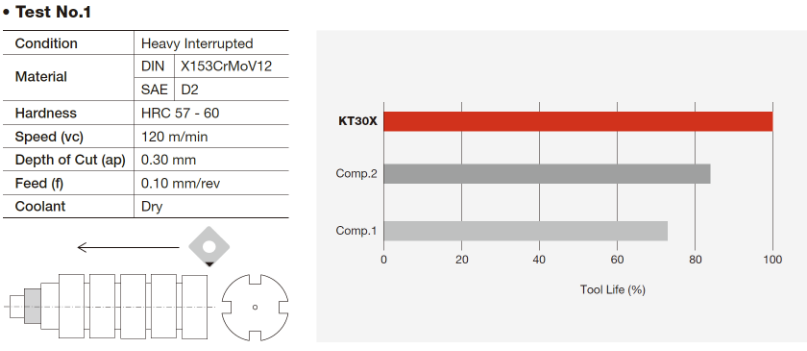Shodex™ HPLC Column Overview
Shodex™ HPLC columns specialized in high-quality & long lifetime polymer-based columns. Shodex™ manufactured by Resonac (formerly Showa Denko K.K.) in Japan since 1965, which leads us to having great knowledge, experience and a comprehensive application database for HPLC column.
Resonac Asia Pacific Pte. Ltd. is responsible for the South Asia, South East Asia and Oceania regions. We offer profound technical support and have a strong partnership with customers and distributors in different countries.
Catalog and Manuals Download
Liquid chromatography (LC) uses liquid as mobile phase (eluent). It is an analytical method that separates a mixture of compounds based on their physical and chemical differences. High performance liquid chromatography (HPLC) is a method that introduces the mobile phase under high-pressure conditions resulting in rapid and high-performance separations. The various interactions between the analyte, stationary phase (packing material) and mobile phase are the key factors for the separation. A wide variety of separation modes can be achieved by using particular combinations of stationary and mobile phases.
Shodex™ provides both of Silica-based and Polymer-based HPLC columns. we have wide ranges of application, knowledge and experience to support your analysis e.g. Reversed-phase, Sugar, Polymers, Pullulan/Polystyrene standards for calibration, Environment analysis and etc.
| Kindly select on one of the following links below to start your download. |
Download PDF – Shodex™ Catalog 2023
Download PDF – Trouble Shooting Guide
Visit our YouTube channel: SHODEX Singapore for more helpful videos.
Shodex™ Operation Manuals
Shodex™ HPLC Columns Operation Manuals PDF Download
- Asahipak ODP Series (Reversed Phase):
- SB Polyhydroxymethacrylate GFC Series:
- PROTEIN KW GFC Series:
- GPC Series:
- Amino HILIC Series:
-
- VT-50 2D
- VG-50 2D
- VG-50 4D and 4E
- VN-50
- VC-50
- NH2P-40 E-Series
- NH2P-50 Series
- Ion Chromatography:
- Ion Exchange:
-
- (coming soon)
- SUGAR Series:
- Multimode & Multi-solvent:
- Reversed Phase Polymer:
- Silica Series:
- Specialized Chromatography (Affinity/HIC/Cleanup/Chiral/Surfactant Removal):
Shodex™ USP-NF Column List
List Shodex™ corresponding columns to United States Pharmacopeia (USP) and the National Formulary (NF). Please use it as a reference for the best columns required for your USP method development. Contact us for alternative columns that may not be listed here.
| No. | Packing material | Recommended column |
|---|---|---|
| L1 | Octadecyl silane chemically bonded to porous or nonporous silica or ceramic microparticles, 1.5 to 10 μm in diameter, or a monolithic rod. | Silica C18M C18U |
| L17 | Strong cation-exchange resin consisting of sulfonated cross-linked styrene-divinylbenzene copolymer in the hydrogen form, 6 to 12 μm in diameter. | SUGAR SH1011 SUGAR SH1821 RSpak KC-811 |
| L19 | Strong cation-exchange resin consisting of sulfonated cross-linked styrene-divinylbenzene copolymer in the calcium form, 5-15 μm in diameter. | SUGAR SC1011 SUGAR SC1211 EP SC1011-7F USPpak MN-431 |
| L20 | Dihydroxypropane groups chemically bonded to porous silica or hybrid particles, 1.5-10 μm in diameter, or a monolithic silica rod. | PROTEIN KW-800 series KW400 series PROTEIN LW-803 PROTEIN LW-403 4D |
| L21 | A rigid, spherical styrenedivinylbenzene copolymer, 3 to 30 μm in diameter. | GPC KF-800, KD-800, KF-400HQ, HK-400, LF, RSpak DS-613 RSpak DS-413 |
| L22 | A cation-exchange resin made of porous polystyrene gel with sulfonic acid groups, 5-15 μm in diameter. | CXpak P-421S SUGAR SP0810 SUGAR SC1011 SUGAR KS-800 series SUGAR SC1211 SUGAR SZ5532 EP SC1011-7F USPpak MN-431 RSpak DC-613 SUGAR SH1011 SUGAR SH1821 RSpak KC-811 |
| L23 | An anion-exchange resin made of porous polymethacrylate or polyacrylate gel with quartenary ammonium groups, 7-12 μm in size. | IEC QA-825 IC I-524A |
| L25 | Packing having the capacity to separate compounds with a molecular weight range from 100-5000 (as determined by polyethylene oxide), applied to neutral, anionic, and cationic water-soluble polymers. A polymethacrylate resin base, cross-linked with polyhydroxylated ether (surface contained some residual carboxyl functional groups) was found suitable. | OHpak SB-802 HQ OHpak SB-802.5 HQ OHpak LB-802.5 |
| L33 | Packing having the capacity to separate dextrans by molecular size over a range of 4,000 to 500,000 Da. It is spherical, silica-based, and processed to provide pH stability. | PROTEIN KW-800 series KW400 series PROTEIN LW-803 PROTEIN LW-403 4D |
| L34 | Strong cation-exchange resin consisting of sulfonated cross-linked styrene-divinylbenzene copolymer in the lead form, 7 to 9 μm in diameter. | SUGAR SP0810 |
| L37 | Packing having the capacity to separate proteins by molecular size over a range of 2,000 to 40,000 Da. It is a polymethacrylate gel. | OHpak SB-803 HQ OHpak LB-803 |
| L38 | A methacrylate-based size-exclusion packing for water-soluble samples. | OHpak SB-800 HQ series OHpak LB-800 series |
| L39 | A hydrophilic polyhydroxymethacrylate gel of totally porous spherical resin. | ODP2 HP RSpak DM-614 OHpak SB-800 HQ series OHpak LB-800 series |
| L45 | Beta cyclodextrin, R,S-hydroxypropyl ether derivative, bonded to porous silica particles, 3-10 μm in diameter. | ORpak CDBS-453 |
| L58 | Strong cation-exchange resin consisting of sulfonated cross-linked styrene-divinylbenzene copolymer in the sodium form, about 6 to 30 μm in diameter. | CXpak P-421S SUGAR KS-800 series RSpak DC-613 |
| L59 | Packing for the size-exclusion separations of proteins (separation by molecular weight) over the range of 5 to 7000 kDa. The packing is a spherical 1.5- to 10-μm, silica or hybrid packing with a hydrophilic coating. | PROTEIN KW-800 series KW400 series PROTEIN LW-803 PROTEIN LW-403 4D |
| L67 | Porous vinyl alcohol copolymer with a C18 alkyl group attached to the hydroxyl group of the polymer, 2 to 10 μm in diameter. | Asahipak ODP-50 |
| L71 | A rigid, spherical polymetacrylate, 4 to 6 μm in diameter. | RSpak DE-613 RSpak DE-413 RSpak DE-213 |
| L76 | Silica based, weak cation-exchange material, 5 μm in diameter. Substrate is surface polymerized polybutadiene-maleic acid to provide carboxylic acid functionalities. Capacity not less than 29 μEq/column. | IC YK-421 |
| L82 | Polyamine chemically bonded to cross-linked polyvinyl alcohol polymer, 5 μm in diameter. | Asahipak NH2P-50 |
| L89 | Packing having the capacity to separate compounds with a molecular weight range from 100 to 3000 (as determined by polyethylene oxide), applied to neutral and anionic water-soluble polymers. A polymethacrylate resin base, cross-linked with polyhydroxylate ether (surface contains some residual cationic functional groups). | OHpak SB-802.5 HQ OHpak LB-802.5 |
Distributors
We offer keen technical support and have a strong partnership with customers and distributors in different countries. We do provide free consultation for your HPLC analysis.
Please feel free to drop us your HPLC columns enquiry or contact local distributors below:
India

Spark Scientific Private Ltd (Inkarp Instruments Pvt Ltd subsidiary)
https://www.sparksci.in/
Thailand
 Bara Scientific Co., Ltd. http://www.barascientific.com |
 Sithiporn Associates Co.,Ltd. http://www.sithiphorn.com |
|
|
|
Indonesia
* Please contact us directly for information of distribution channel
Malaysia

Analisa Resources (M) Sdn Bhd.
http://www.analisa-scientific.com/
Vietnam
* Please contact us directly for information of distribution channel
Singapore

Scientific Resources Pte Ltd.
http://www.analisa-scientific.com/
Philippines
* Please contact us directly for information of distribution channel
Myanmar

EverSeiko Co., Ltd.
https://www.everseikocorp.com/








































